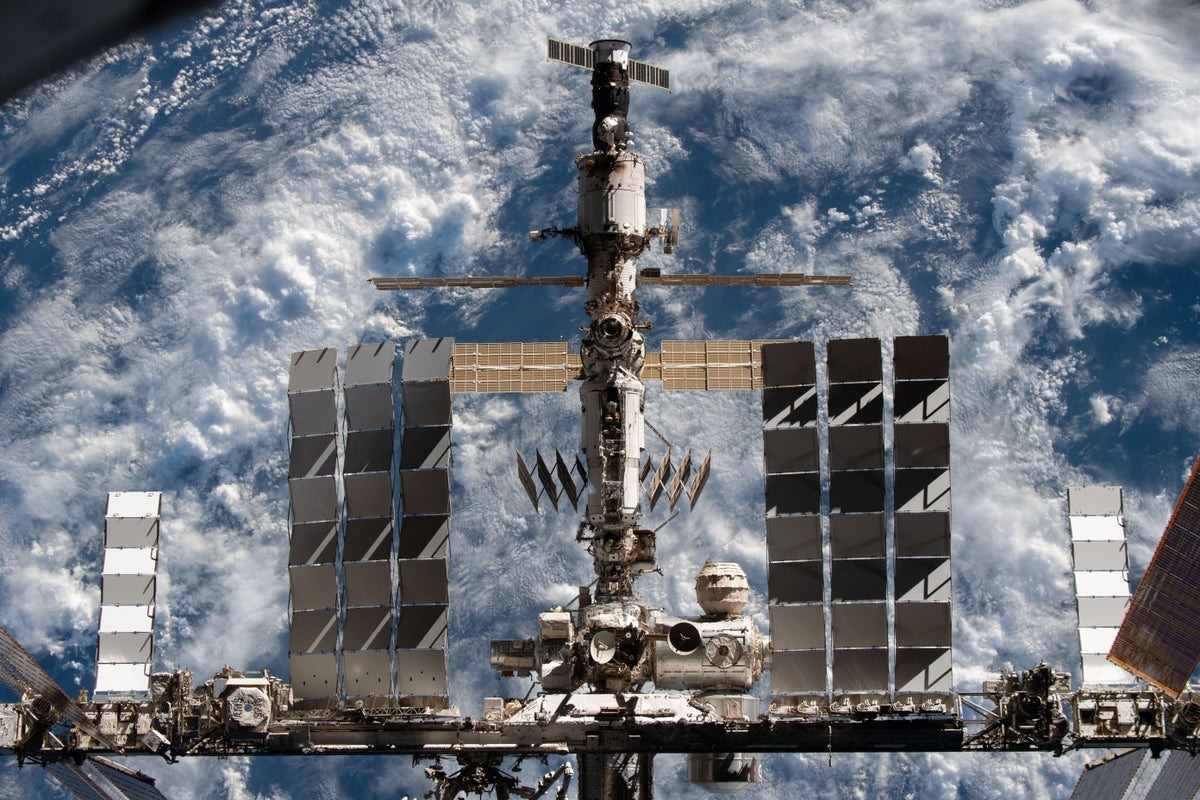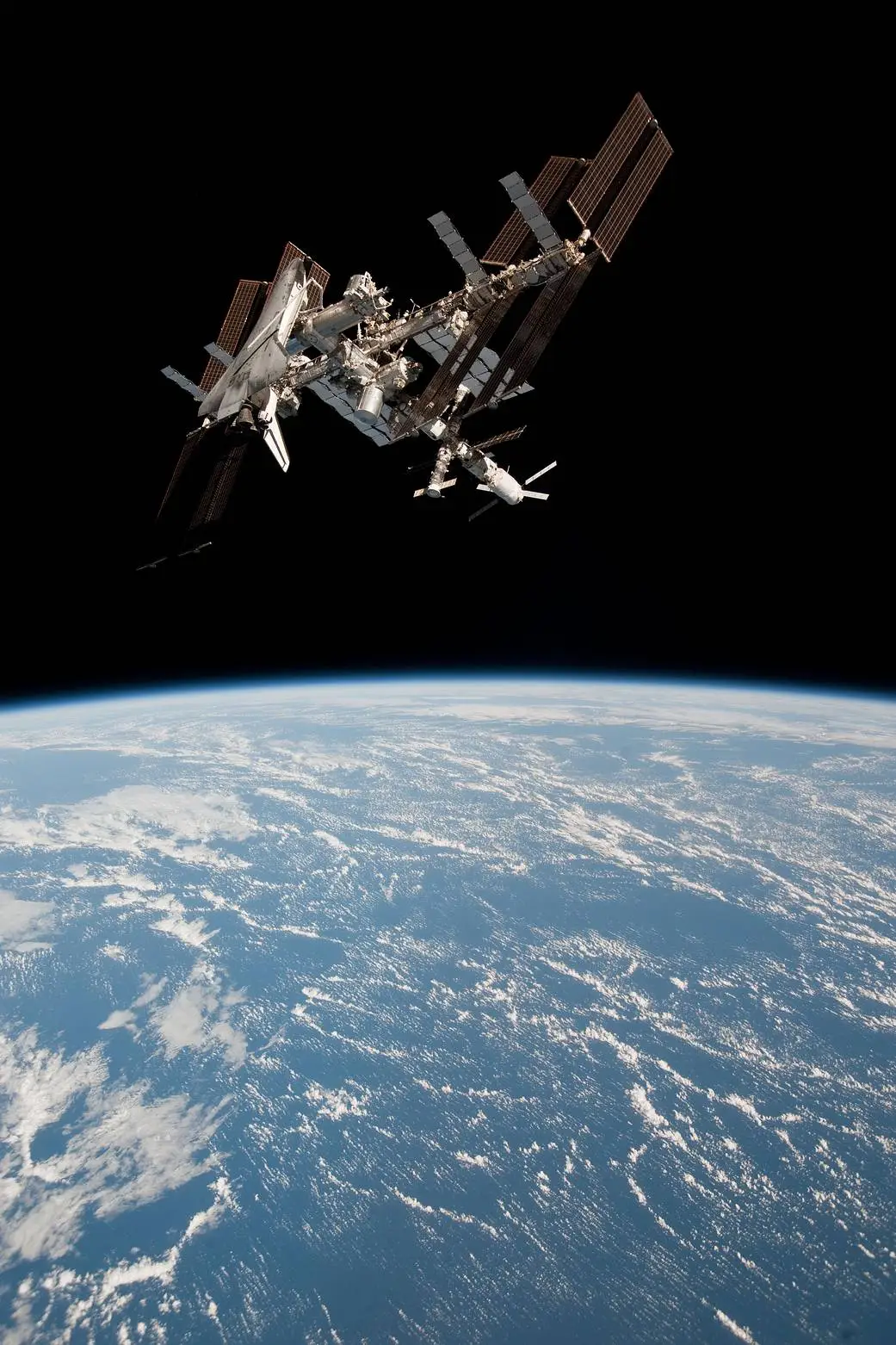Astronauts have been visiting the International Space Station (ISS) for 23 years. During this time, the orbital outpost has noticeably exhausted its resources. Cracks began to appear in the case, various emergency situations due to oxygen leaks and coolers become obvious problems.

NASA is currently discussing the safest way to stop the operation of the station in the early 2030s. However, this plan comes with impressive costs. According to Scientific American, decommissioning the ISS will cost about a billion dollars.
There are two options for taking the ISS out of orbit: uncontrolled fall into the atmosphere or controlled “collision” with the help of a specially designed spacecraft. Both options carry the risk of the formation of giant debris that can fall in populated areas of the Earth. This can lead to serious consequences, including injuries and even death of people, as well as significant material losses.
Previously, NASA could have secured a partnership with Roscosmos and used cheaper Russian Progress cargo spacecraft to change the orbit of the giant station. However, due to Russia’s aggression against Ukraine, hostile attitude towards the United States and the entire civilised world, this option is not even considered.

In any case, scientists are faced with the task of minimising the amount of debris that can potentially fall on people. This is much easier said than done. Ideally, the space station should be directed in the right direction so that as much of it as possible burns up in the Earth’s atmosphere, and the minimum amount of surviving debris reaches the surface. Unfortunately, predicting its exact trajectory is a very complex task due to the uneven density of atmospheric gases.
But the 100% certainty is that the ISS will end its life expensively and brightly. The orbital station will penetrate the Earth’s atmosphere with great speed in the form of a fireball. It will be a sad but spectacular finale of international cooperation and scientific breakthroughs that have been carried out for decades.
Earlier we reported on how NASA could continue using the ISS after 2030.
Follow us on Twitter to get the most interesting space news in time
https://twitter.com/ust_magazine


